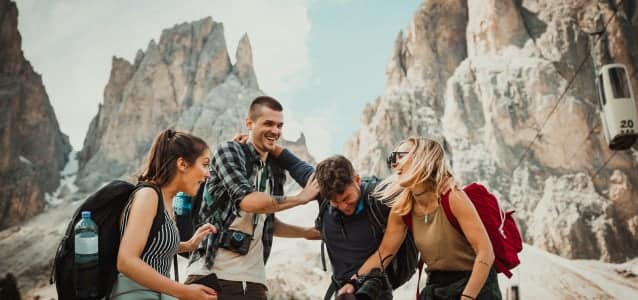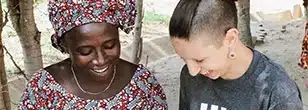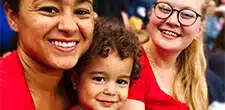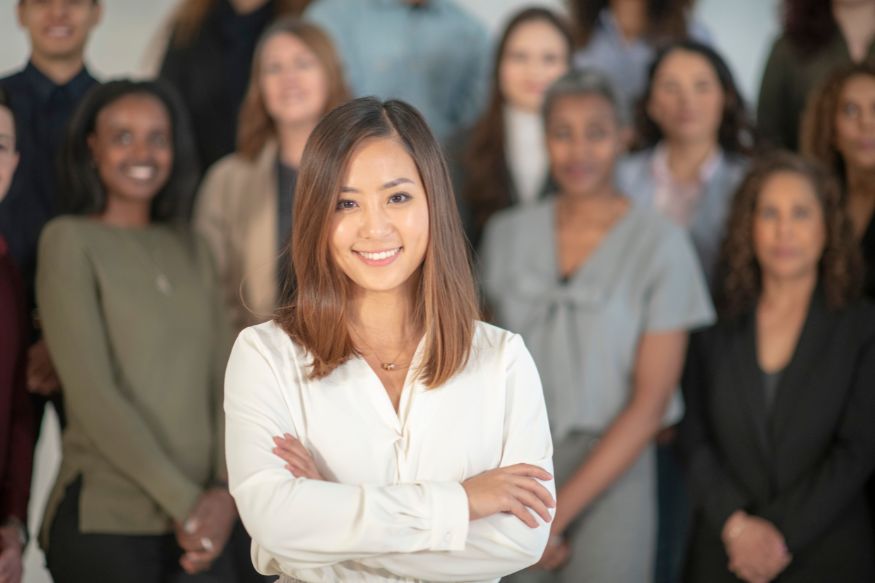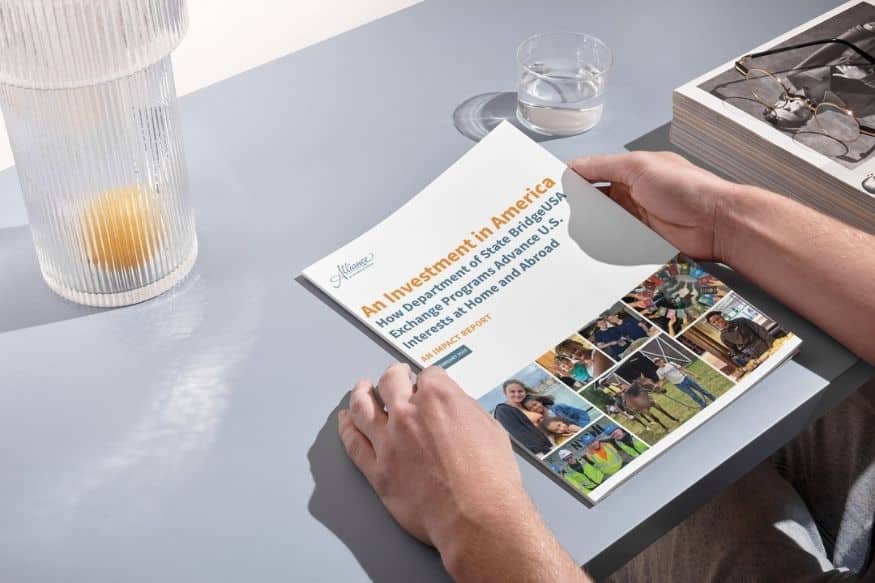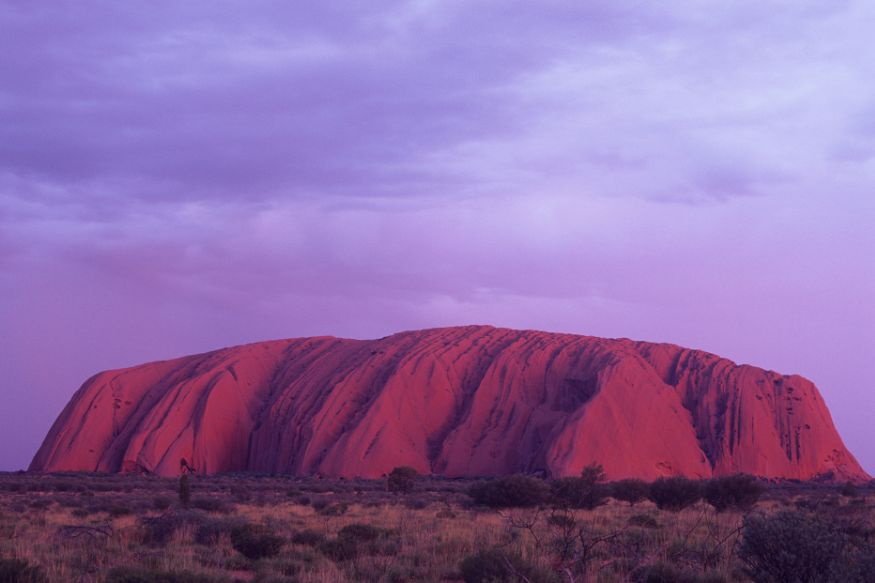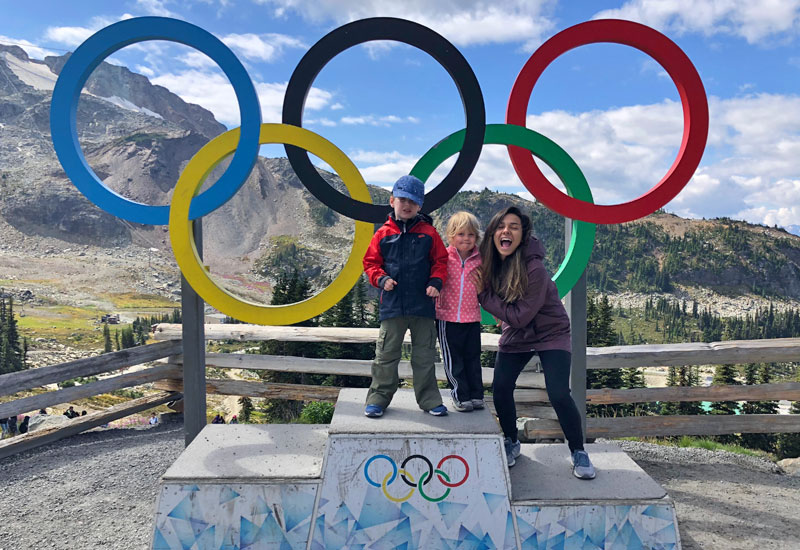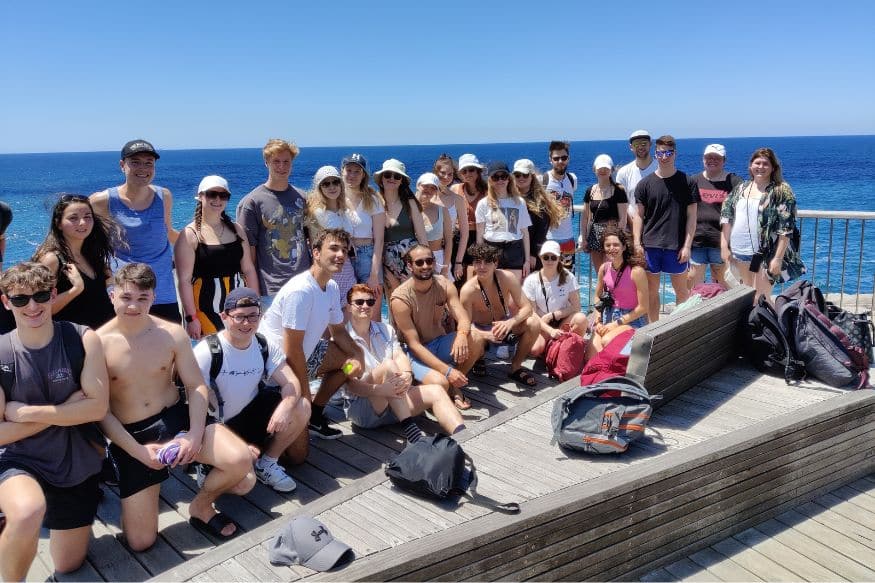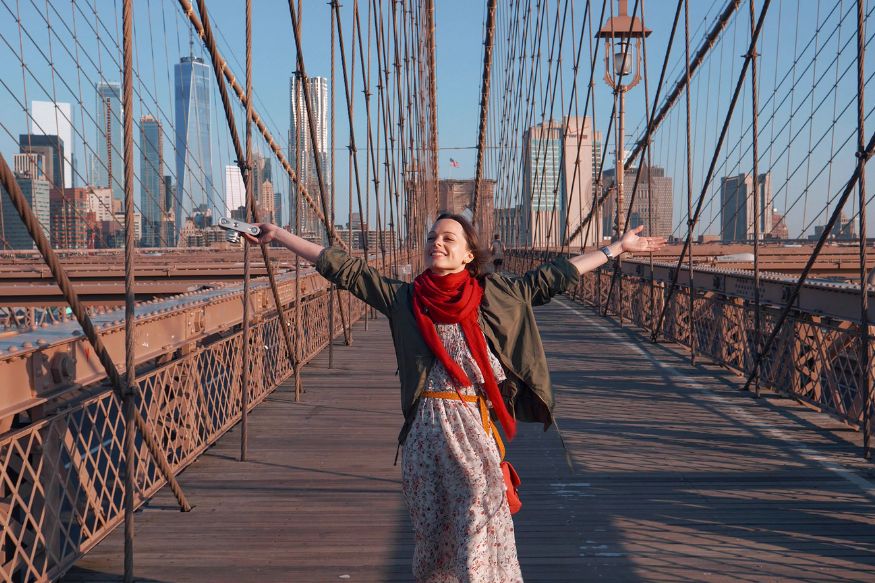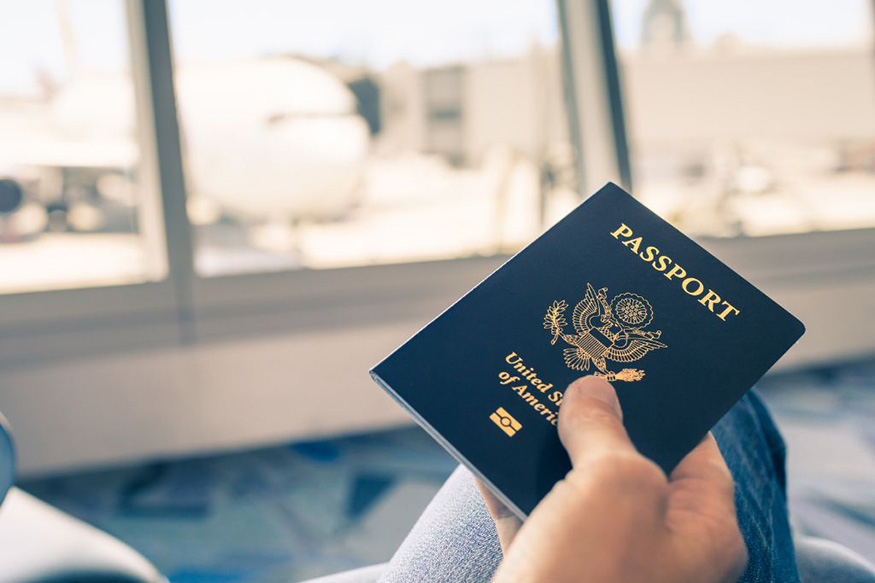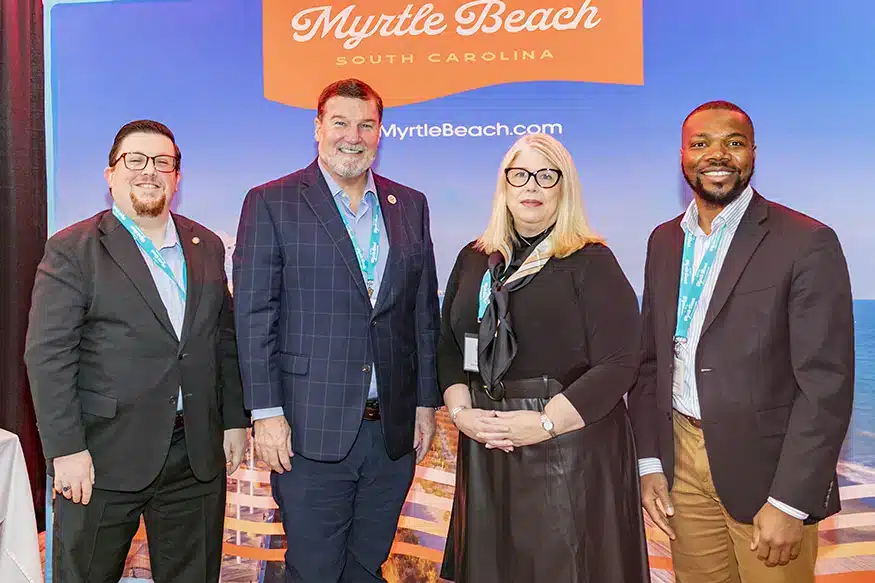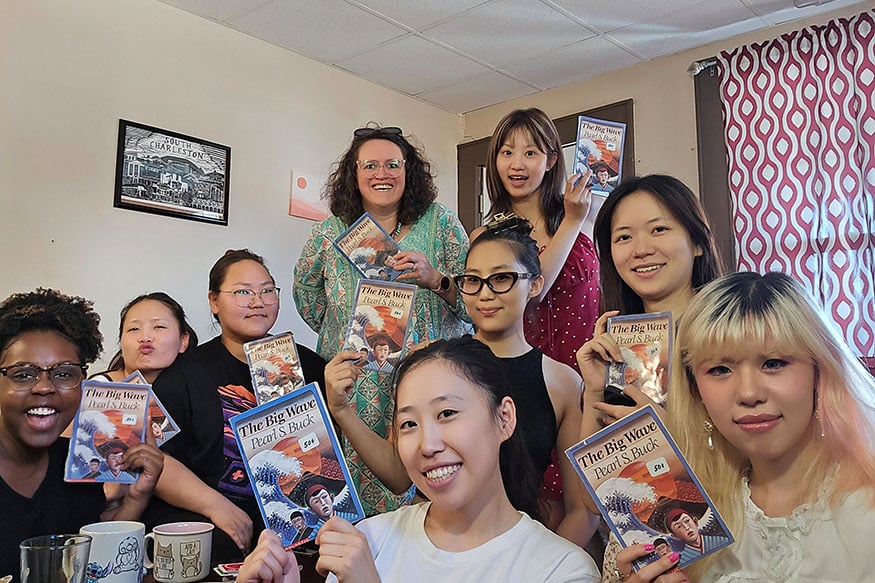Access your application, documents, placement, travel info, and more. For Camp USA, Career Training USA, Work & Travel USA, and U.S. Citizens Abroad.
Manage your au pair or host family profile, matches, and more. For Au Pair USA participants & hosts.
Check in to SEVIS when you arrive in the U.S. and every 30 days thereafter. For Work & Travel USA participants.
Access your application, documents, placement, travel info, and more. For Camp USA, Career Training USA, Work & Travel USA, and U.S. Citizens Abroad.
Manage your au pair or host family profile, matches, and more. For Au Pair USA participants & hosts.
Check in to SEVIS when you arrive in the U.S. and every 30 days thereafter. For Work & Travel USA participants.
Access your application, documents, placement, travel info, and more. For Camp USA, Career Training USA, Work & Travel USA, and U.S. Citizens Abroad.
Manage your au pair or host family profile, matches, and more. For Au Pair USA participants & hosts.
Check in to SEVIS when you arrive in the U.S. and every 30 days thereafter. For Work & Travel USA participants.
- Programs for
non-u.s. residents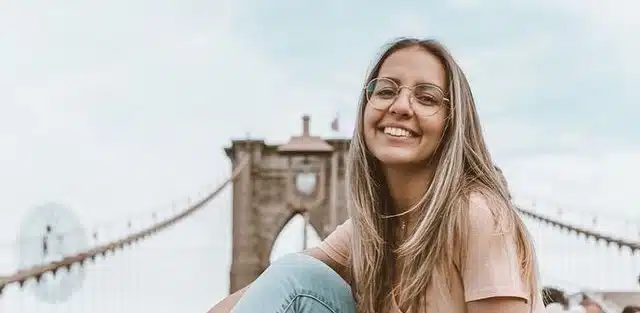
Seasonal work during your university break + 30 days to discover America
 J-1 Visa sponsorship for qualifying internships and professional training programs.
J-1 Visa sponsorship for qualifying internships and professional training programs. Conquer the great American outdoors as a U.S. summer camp counselor
Conquer the great American outdoors as a U.S. summer camp counselor
Become part of a pre-screened American family while assisting with childcare
Programs for
u.s. residents - Programs for
HOSTS Staff your seasonal business with international university students
Staff your seasonal business with international university students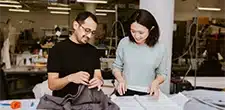 Lend your expertise to international students and young professionals
Lend your expertise to international students and young professionals Diversify your summer camp staff with skilled counselors from around the world
Diversify your summer camp staff with skilled counselors from around the world
Access your application, documents, placement, travel info, and more. For Camp USA, Career Training USA, Work & Travel USA, and U.S. Citizens Abroad.
Manage your au pair or host family profile, matches, and more. For Au Pair USA participants & hosts.
Check in to SEVIS when you arrive in the U.S. and every 30 days thereafter. For Work & Travel USA participants.
Access your application, documents, placement, travel info, and more. For Camp USA, Career Training USA, Work & Travel USA, and U.S. Citizens Abroad.
Manage your au pair or host family profile, matches, and more. For Au Pair USA participants & hosts.
Check in to SEVIS when you arrive in the U.S. and every 30 days thereafter. For Work & Travel USA participants.
Access your application, documents, placement, travel info, and more. For Camp USA, Career Training USA, Work & Travel USA, and U.S. Citizens Abroad.
Manage your au pair or host family profile, matches, and more. For Au Pair USA participants & hosts.
Check in to SEVIS when you arrive in the U.S. and every 30 days thereafter. For Work & Travel USA participants.

